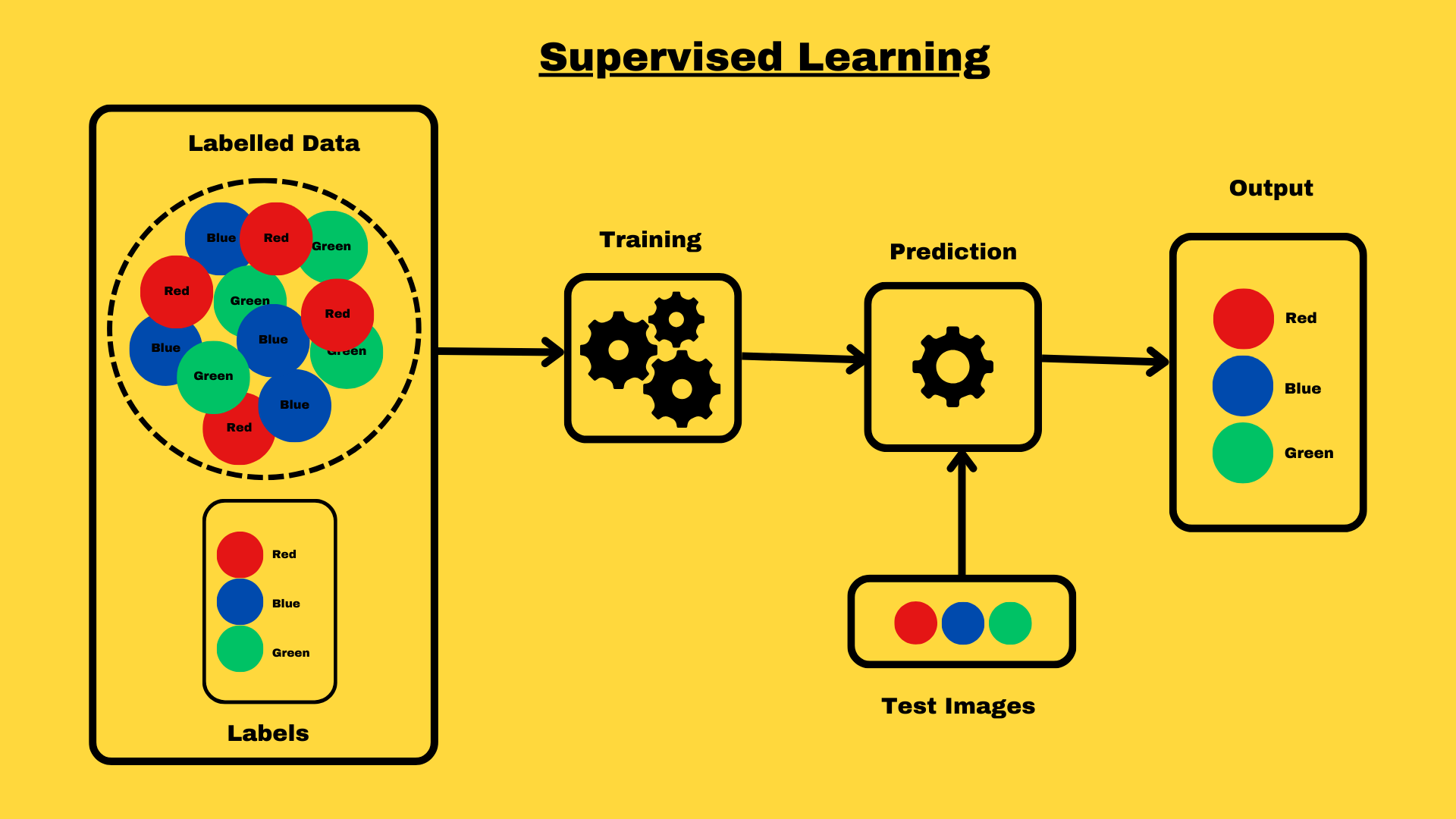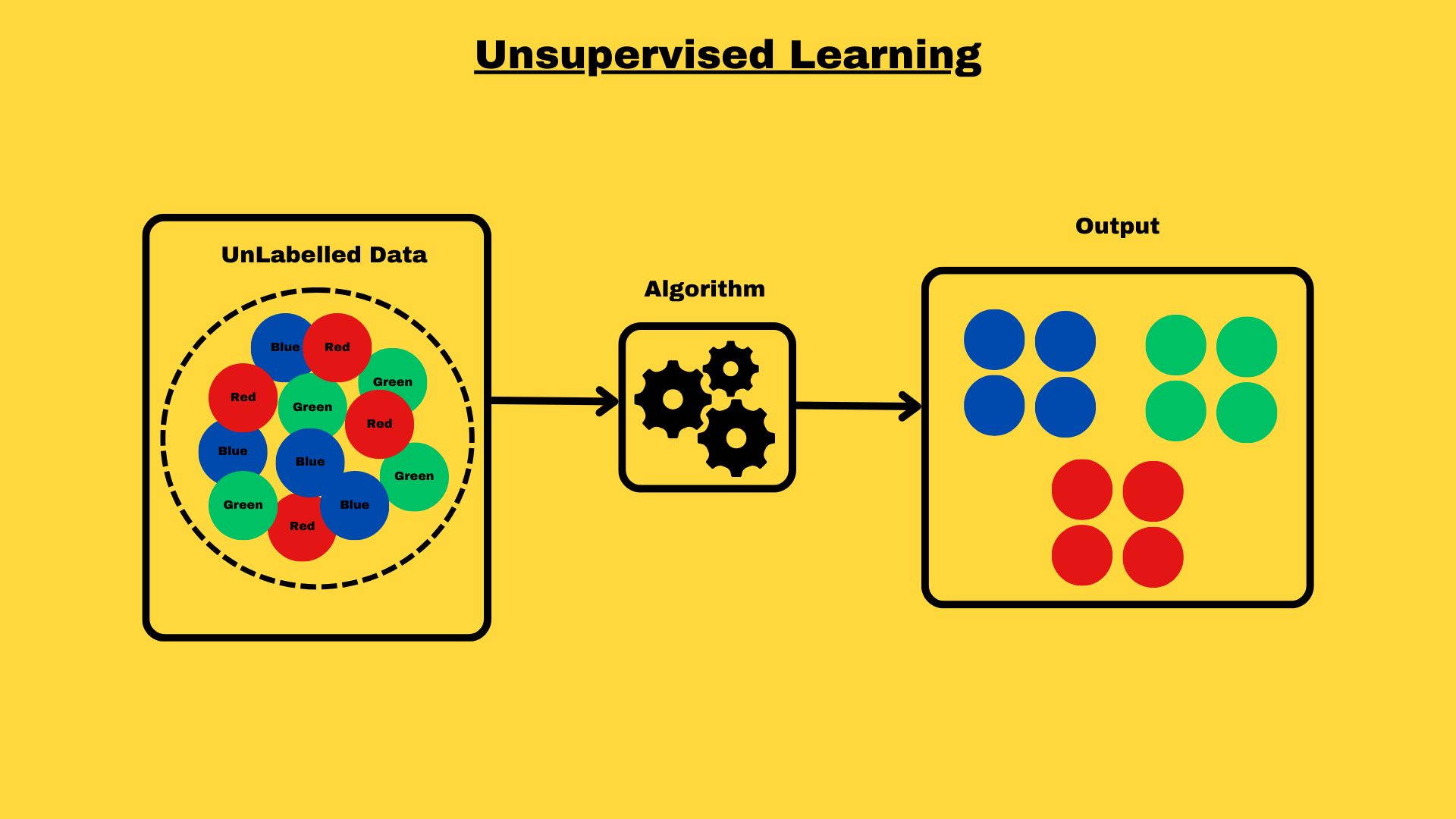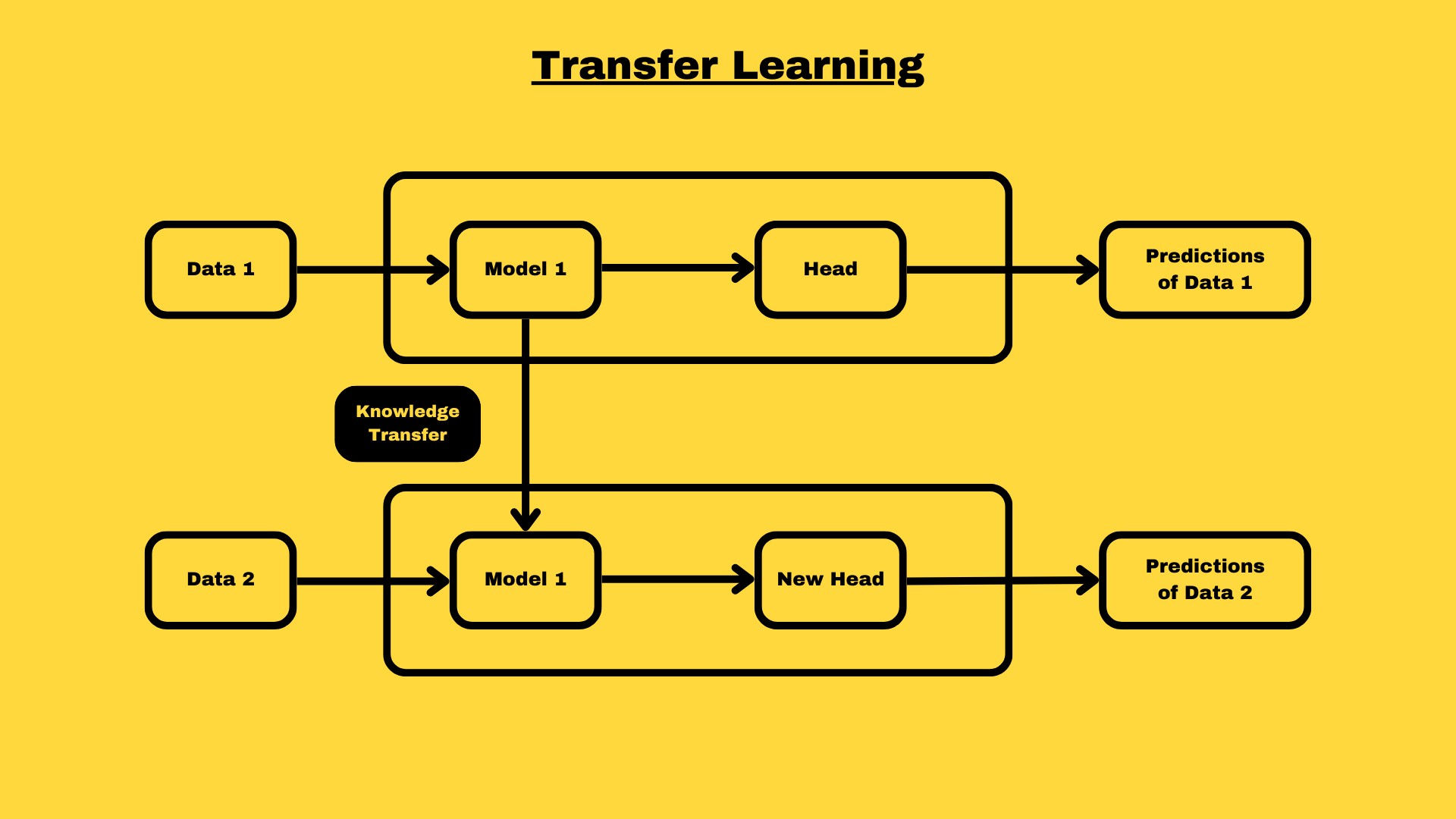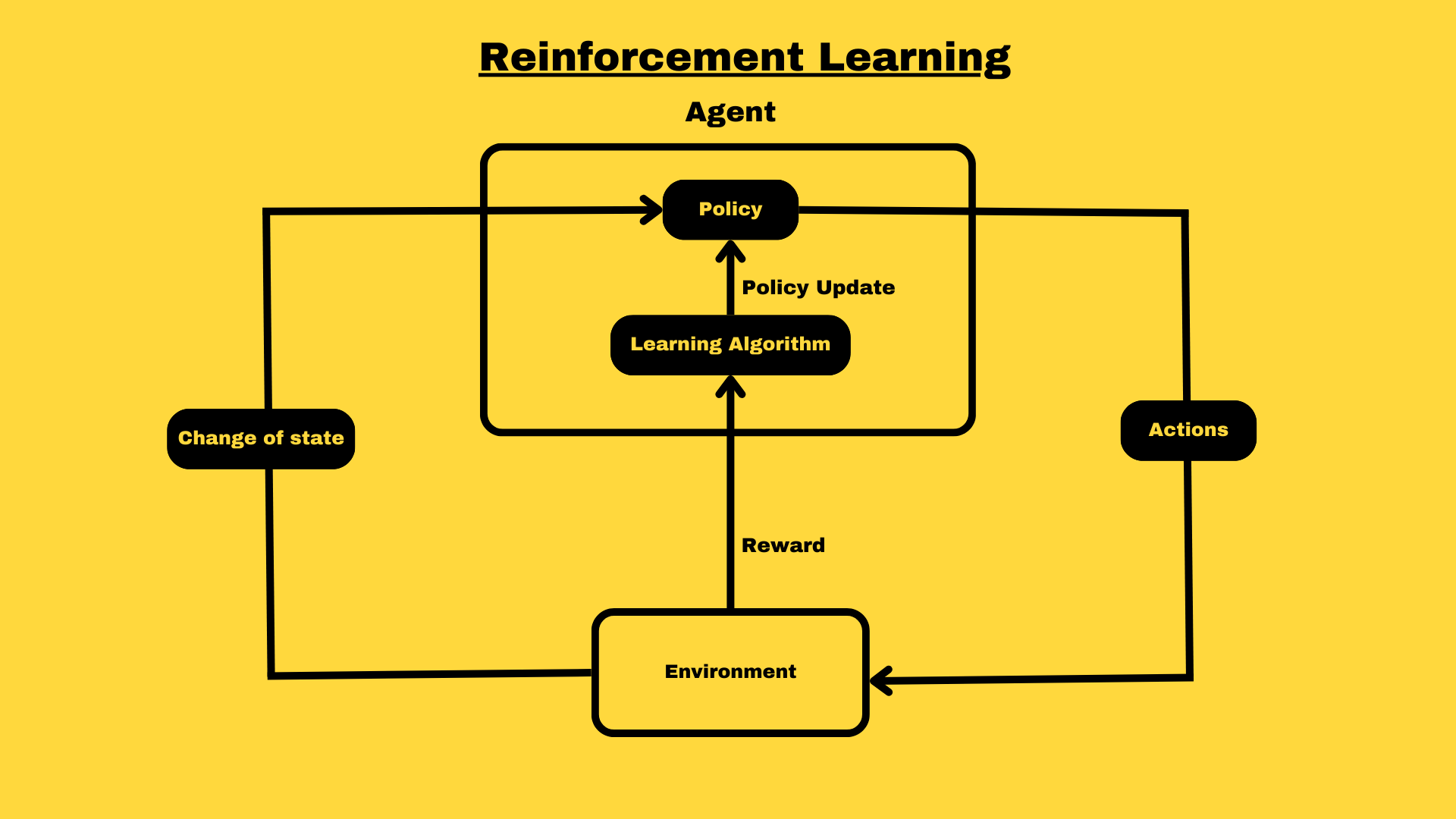Ditch the Hype, Unleash the Power: When to Really Use Machine Learning
 Akshay Dilip Kumar
Akshay Dilip Kumar
Machine learning (ML) might be the hottest trend right now, But let’s be real, not every problem needs a fancy algorithm. Think of it like choosing the right tool for the job. You wouldn’t use a chainsaw to slice bread, right? So, Before we get caught up in the ML trend, let’s get practical.
Simple problems deserve simple solutions. If your problem has a straightforward solution achievable with a clear set of instructions, stick with code. Diving into the complex workflow of machine learning projects for simple tasks is like using a super computer to add 2+2. It can handle massive calculations, but a simple calculator (or your brain) can handle this one more efficiently. Efficiency is key, and in such scenarios, simpler solutions often translate to smoother execution and faster results.
Now, let’s explore and look at different machine learning problems that helps us solve a wide range of real-world challenges.
Supervised learning

In Supervised Learning, the programmer uses data and labels. The goal is for the algorithm to predict the label using the data. If it makes a wrong guess, the algorithm learns from it and tries again to get better at predicting the labels. It can be further divided into two types.
Classification: Sorting things based on attributes. It can be like deciding if an email is spam or not, or sorting animals into categories like mammals and birds.
Regression: Predicting numbers, like estimating the price of a house based on features such as size, location, and number of rooms.
Unsupervised learning

In Unsupervised learning, we try grouping the data without the use of labels. Because there are no labels, unsupervised learning approaches are often used to create a simple representation of the data from which we can extract insightful content. It can be further divided into three types.
Clustering: Sorting things into groups based on their similarities. It can be like grouping customers with similar purchasing habits to offer targeted promotions.
Association Rules: Finding relationships between variables in the data. Which can be used for Discovering that people who buy cereal often also buy milk, leading to store placement strategies.
Dimensionality Reduction: Simplifying data without losing important details or curcial insights for better undestanding. it can be used for Condensing complex features of a house (like square footage, number of bedrooms, etc.) into a simpler representation for analysis.
Transfer Learning

Transfer learning capitalizes on the knowledge gained by training one machine learning model to benefit another. For instance, fine-tuning a model trained to recognize wild animals for predicting cats and dogs based on images. This approach saves time and computational resources.
Reinforcement learning

Reinforcement learning is similar to training a computers(Agents) using rewards for desirable behaviors and punishments for undesirable ones. The agent learns from its surroundings and optimizes its behaviors over time, using a feedback mechanism that often includes rewards and punishments. Imagine you’re training a puppy(Agent). You give it a treat (reward) for fetching the ball, but tell it “no” (penalty) for chewing on your slippers. Over time, the puppy learns which behaviors get it the treats and which get it in trouble. Reinforcement learning works the same way for computers. The computer(Agent) might be trying to navigate a maze, play a game, or control a robot.
Conclusion
This blog explored various types of ML like supervised learning (classification and regression), unsupervised learning (clustering, association rules, and dimensionality reduction), transfer learning, and reinforcement learning. Each has its own strengths and weaknesses, so it's crucial to choose the right tool for the job.
Ultimately, the key to unleashing the power of ML is understanding its strengths and limitations. Don't get caught up in the hype and choose the right tool for the task at hand. Sometimes, a simple solution is the most efficient and effective. But when you need to dig deeper, harness the power of ML to uncover hidden insights and solve complex challenges in ways never before possible.
Here are some additional thoughts to consider:
Ethics and biases: Be aware of potential biases in your data and algorithms, and ensure your ML models are used responsibly.
Explainability and transparency: Understand how your ML models work and be able to explain their decisions.
Continuous learning: Stay up-to-date with the latest advancements in ML to ensure you're using the most effective techniques.
By staying informed and making informed choices, you can leverage the power of ML to revolutionize your work and create a brighter future.
Subscribe to my newsletter
Read articles from Akshay Dilip Kumar directly inside your inbox. Subscribe to the newsletter, and don't miss out.
Written by

Akshay Dilip Kumar
Akshay Dilip Kumar
Hey, I'm an Electrical engineering grad turned ML engineer in Tokyo. Passionate about crafting innovative ML projects and sharing insights through writing.✍️